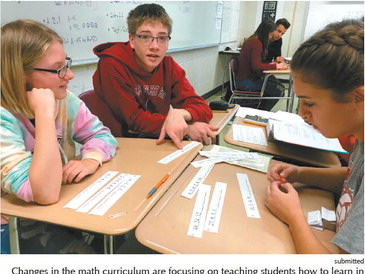Just because kids don’t like it, doesn’t mean it’s not good for them


There are many things that my parents made me do as a kid that I didn’t want to do: make my bed, wash dishes, stack firewood, to name a few. As an adult, I can see the value of ...
